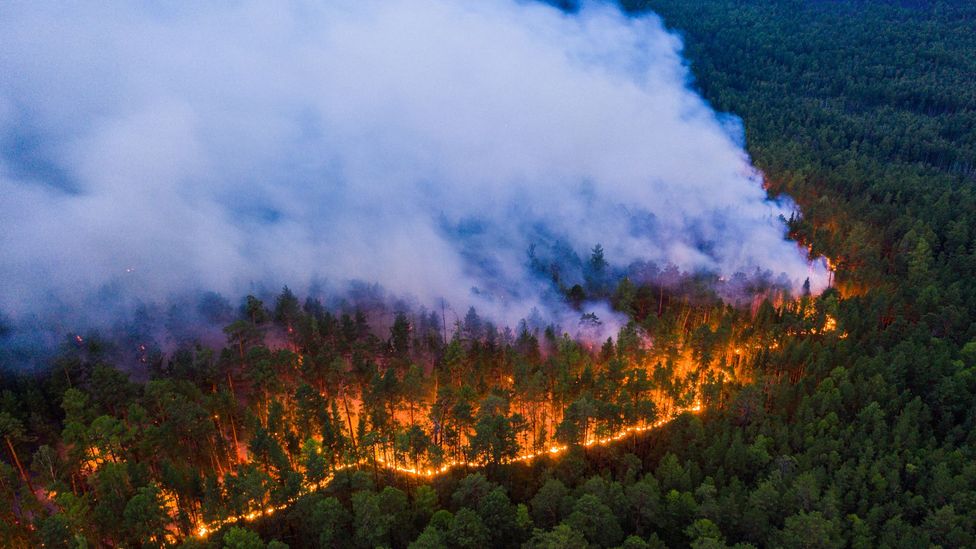Air pollution from western U.S. state fires seen in east coast cities

Wildfires across the United States and Canada, including Oregon’s “monster” two-week-old Bootleg blaze, caused harmful air pollution as far away as New York City, where the AQI measurement for fine particulate matter reached 170, a level considered harmful even for healthy individuals and nine times above WHO’s exposure recommendations.
Philadelphia hit 172, while other northeastern cities, including Boston and Hartford, Connecticut, had readings in the unhealthy zone above 150.
In 13 western states, more than 80 large wildfires have charred almost 1.3 million acres of drought-parched vegetation in recent weeks, an area larger than the state of Delaware, according to the National Interagency Fire Center in Boise, Idaho.
In western and central Canada, several hundred additional fires have burned, including 86 classified as out of control on Tuesday in British Columbia, with officials declaring a state of emergency.
Heavy exposure to wildfire smoke has been linked to long-term respiratory consequences for firefighters, as well as severe health effects for the general population.
“Wildfire smoke exposure increases susceptibility to respiratory infections including COVID, increases the severity of such infections and makes recovery more difficult,” federal air resource adviser Margaret Key said by email.
The wildfires themselves posed a more direct risk to life and property.
Since it broke out on July 6, the Bootleg blaze has destroyed some 388,600 acres of brush and timber in and around the Fremont-Winema National Forest, about 250 miles south of Portland.
Only three other Oregon wildfires over the past century have burned more territory.
“Fighting this fire is a marathon, not a sprint,” incident commander Rob Allen said, as quoted by Reuters. “We’re in this for as long as it takes to safely contain this monster.”
At least 67 homes have been destroyed in Oregon and another 3,400 were listed as threatened, with an estimated 2,100 people under orders to evacuate or be ready to flee at a moment’s notice.
Scientists have attributed the growing frequency and intensity of wildfires to prolonged drought and increasing bouts of excessive heat.






